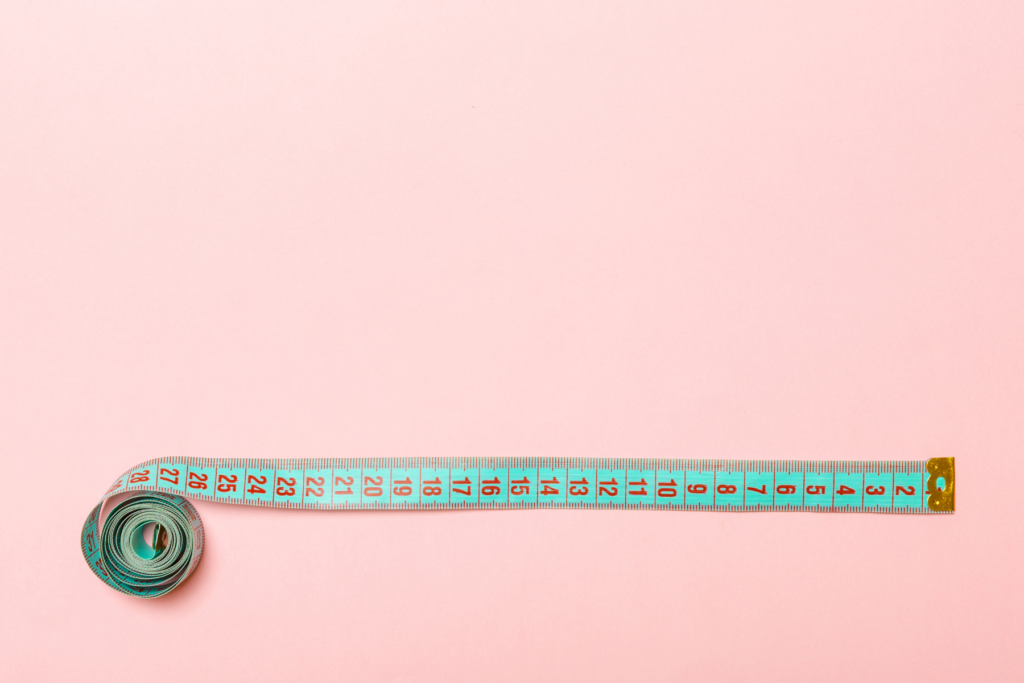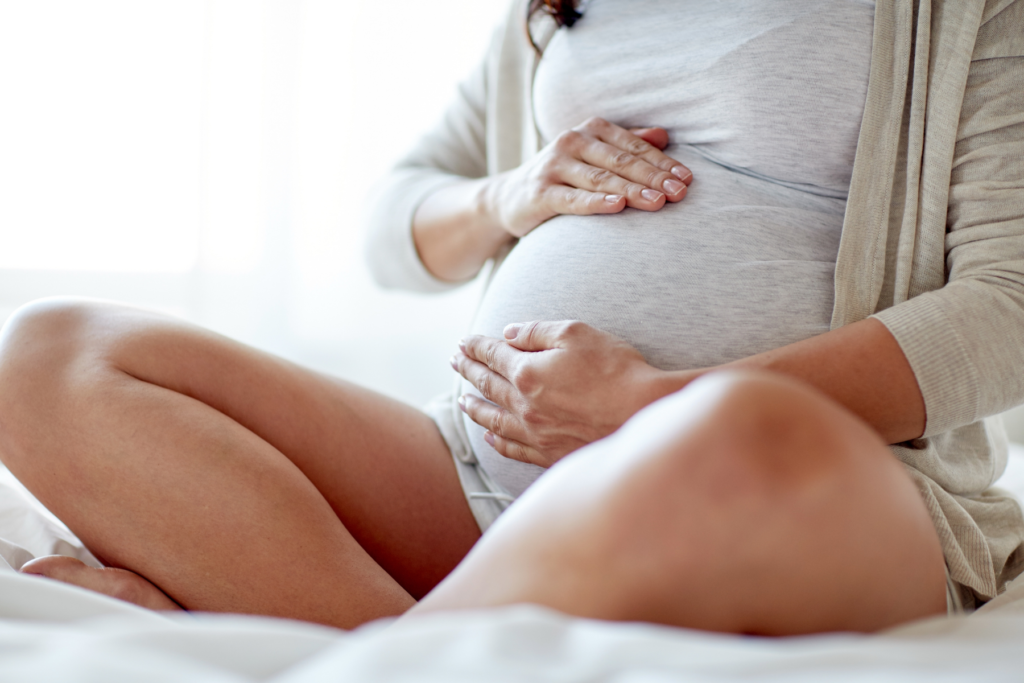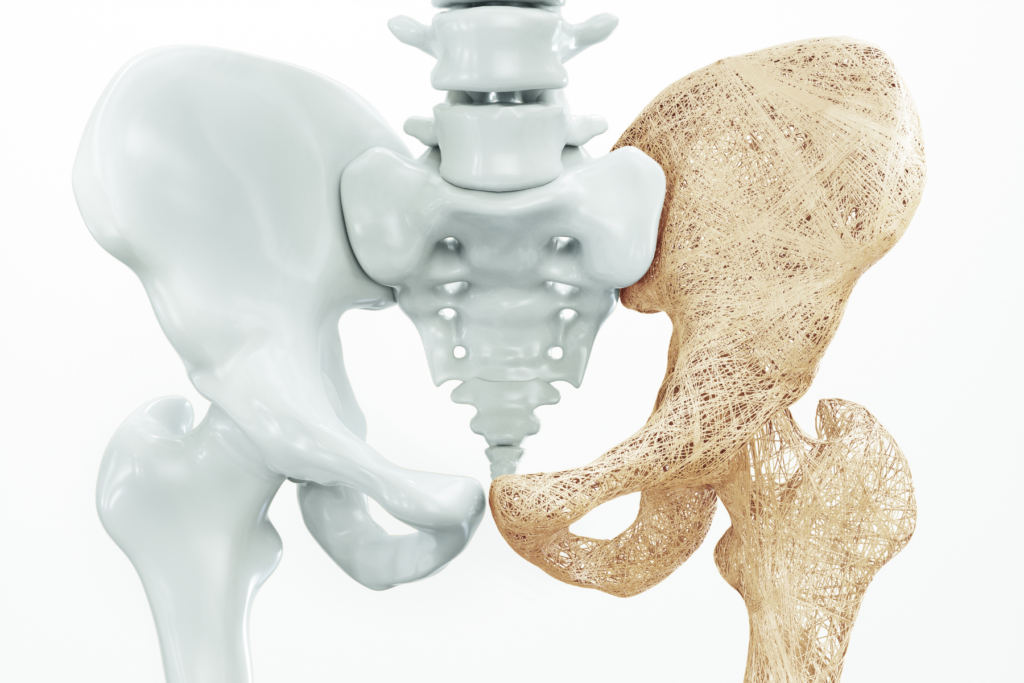Body Fat: How Low is Too Low?
January 24, 2022

It’s easy to fall victim to the mentality that we need to constantly focus on lowering our body fat and changing the shape of our bodies. Social media is plastered with images of men and women with bodies that are “shredded” these days.
Many of us know that having a really high body fat percentage can be associated with some adverse health risks like cardiovascular disease, diabetes, and more. However, did you know that having a body fat percentage that is too low can be just as, or even more, harmful to your health?
Body Fat
Our bodies carry two types of fat: essential fat and storage fat.
Essential fat is just that. It is essential to our health and our bodies’ functioning. This fat is found protecting organs, between nerve tissues, and also cushions our joints. Essential fat plays a role in processes like metabolism, growth, the immune system, and reproduction.
If essential fat drops too low (below 5% in men and below 15% in women), these important mechanisms can start to become inefficient and shut down.
Storage fat is the body fat that we can visibly see on our bodies. This fat is also important as it insulates us to keep us warm and acts as an energy reserve.
Body Fat Percentage
Your body fat percentage is a measure of how much of your weight is made up of body fat. This number is calculated by dividing the weight of your body fat mass by your total weight.
How Low is Too Low?
The American College of Sports Medicine recommends that men maintain a range of 10-22% body fat and women, 20-32%. These ranges are where most men and women are at a reduced risk of the adverse health effects associated with a very high or very low body fat percentage.
The healthy range for women is higher than that for men specifically to support their reproductive system.

The Impacts of a Very Low Body Fat
Our bodies do not like being forced to maintain a low body fat percentage that falls below our setpoint.
Men and women can experience fatigue and may have trouble focusing when they fall beneath the healthy range. Other side effects can include being cold, losing hair, getting sick more often, and having an intense fixation on food. Those that are active will likely see a decline in their physical performance and may become injured more easily.
The Health Impacts for Women
Women in particular may experience amenorrhea, or loss of their period when their body fat is too low. Although this may not seem alarming at first, prolonged amenorrhea can result in serious health impacts.
Hormones involved in the menstrual cycle like estrogen also play a role in maintaining bone health. Without a period, the level of these hormones begins to decrease. As a result, bones lose their density over time. This can cause early osteoporosis in young women, making them more susceptible to broken bones and injuries now, and in the future. Women can also experience issues with digestion, sleep, skin, facial hair growth, and fertility with amenorrhea.

Instead, Focus on the Feeling
Enjoy food and exercise. Focus on how movement and fueling your body properly makes you feel. Allow food and exercise to bring you joy, stress relief, community, and ENERGY!
Food and exercise are tools to support our overall well being, mentally and physically.
There is so much more to fitness and to LIFE than trying to alter our body shape and size. As long as you are taking steps towards practicing intuitive eating and intuitive movement, you can trust that your body will know what is healthy for you.
Are you ready to start your journey towards intuitive eating and movement? Reach out to our team of non-diet dietitians today to get the support you deserve.
[…] underweight and/or having a low body fat percentage can cause HA. The American College of Sports Medicine recommends 10-22% body fat for men […]